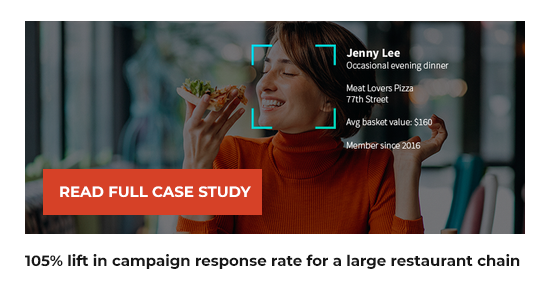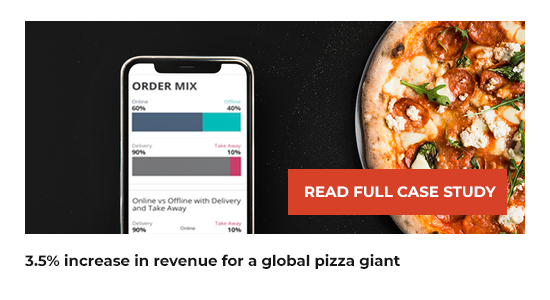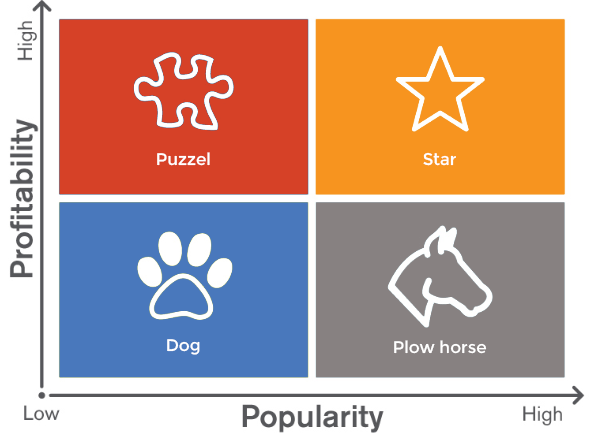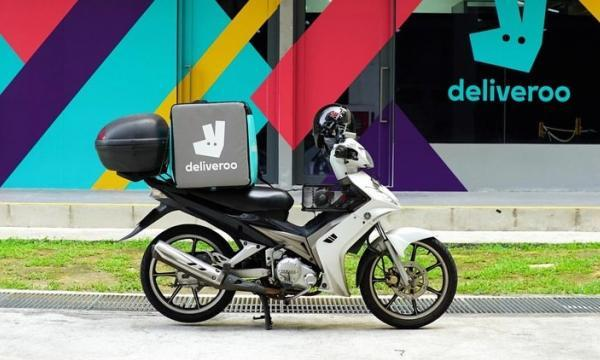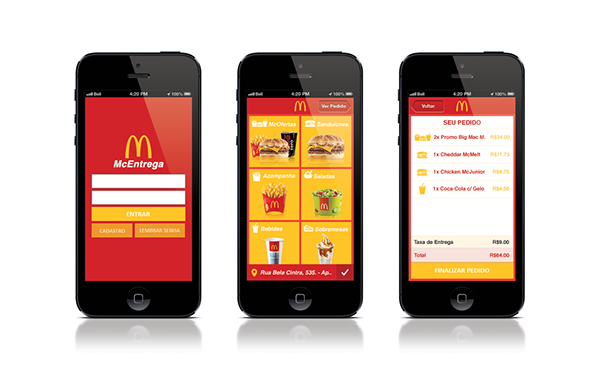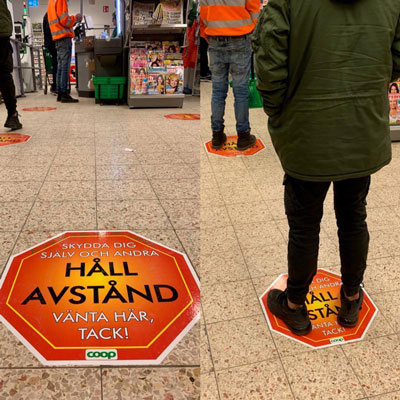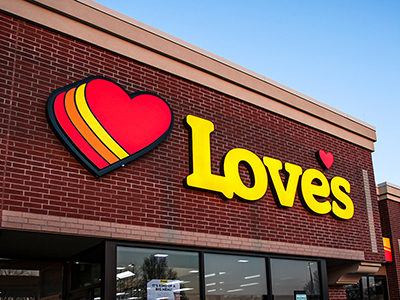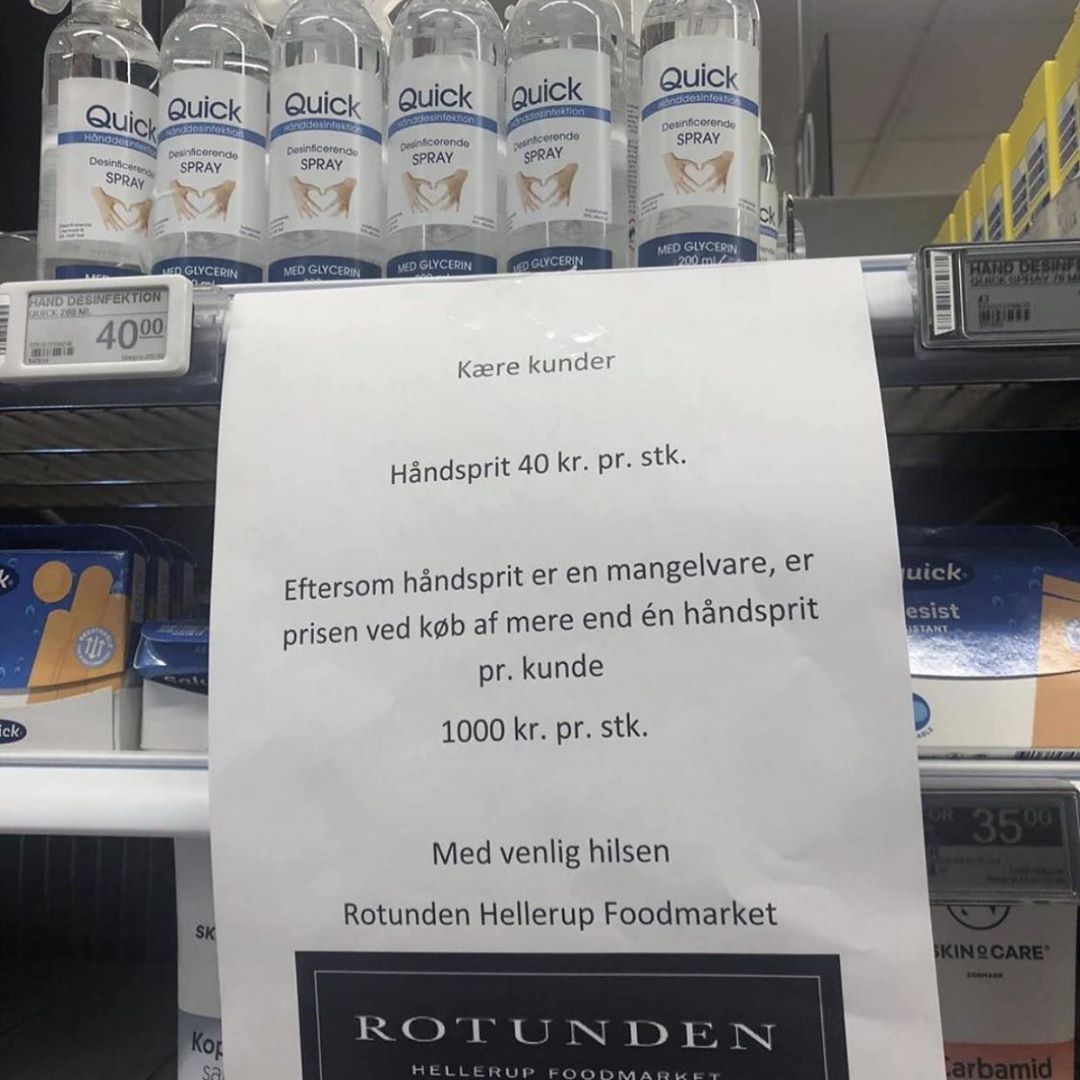While collecting and mining data for useful insights is an important part of the retail environment today, many retailers and suppliers have discovered the advantages of sharing this data with each other. We have previously discussed the benefits of retailers sharing downstream data and predictive analytics with suppliers – but what about cross-channel data?
Traditionally, shopping revolved around the concept of customers visiting brick-and-mortar stores. Today, shoppers no longer restrict themselves to shopping through a single channel – it’s all about developing the shopping experience over different online, offline and mobile channels resulting in a truly cross-channel shopping environment. IDC data shows that multi-channel customers spend 15% to 30% more than single-channel customers, and additional data reveals that omnichannel customers spend 15% to 30% above multi-channel customers. So it’s no surprise that retailers and suppliers are “laser-focused” on understanding customers better to improve the shopping experience – and sharing cross-channel data is the key to revving up the next-gen retail engine!
Cross-channel data is deeply connected to the concept of building a loyal customer base. Customers don’t consciously think about channels when they shop – more often than not, the customer is more interested in the brand than the channel. This signals that cross-channel shopping is the means by which retailers need to enhance the overall shopping experience, thereby using it to increase loyalty and brand value.
So are retailers and suppliers sharing cross-channel and loyalty data? What benefits can they get out of this collaboration?
Improved and optimized allocation of resources
The CGT/RIS Retailer Supplier Shared Data Study 2012 reveals that more than one-third of the retailers surveyed have reported significant ROI from sharing data and that many are now investing in more sophisticated technology to enable this sharing. Such collaboration is leading to advanced supply-chain solutions that consolidate and leverage cross-channel data. This results in both retailers and suppliers having better visibility into the different channels to optimize the allocation of resources between them, all the while working towards the consumer experience while streamlining operations, optimizing inventory and increasing profitability. This differs from traditional supply-chain mechanisms which work independently and in a siloed fashion, providing no ‘big picture’ to connect activities like merchandising, assortment planning, pricing, replenishment, sourcing and logistics through a unified plan of action across different channels.
For example, the logistics area of the supply chain can be revolutionized by retailers sharing cross-channel data with suppliers especially because it makes up three-quarters of overall supply chain costs. Therefore, it might make strategic sense for a supplier or manufacturer to use the shared cross channel data and play a larger role in shipping their products directly to consumers in small packages instead of sending truckloads to a regional retail distribution center — and then making retailers responsible for delivering products across all their channels, including in-store and at-home deliveries.
Smoother running loyalty programs
A large part of running a successful loyalty program revolves around a retailer’s ability to accelerate customer engagement and experience using insights from their loyalty program. Suppliers also stand to gain when retailers share this loyalty data with them, especially when consumers also expect loyalty offers to be consistent across all channels — right from an offer creation, delivery, and redemption standpoint. However, the CGT/RIS Retailer Supplier Shared Data Study 2012 reveals that loyalty card data sharing is down again this year, as only 27% of suppliers reported receiving it from retailers. What is causing this decline? Retailers are hesitant about releasing what they consider proprietary data.
According to Aberdeen’s January 2012 Omni-Channel Retail Experience, 42% of survey respondents stated that a “top omnichannel pressure is the consumer expectation of a similar experience regardless of channel. Inconsistent branding or disjointed offers can lead to consumer confusion (about the brand or offer), disenchantment, and eventually, desertion”. The solution to this is for retailers to adopt a cross-channel, centralized loyalty platform which encompasses consumer insights, offer creation, offer redemption, and performance metrics reporting. This can aggregate information across all channels of operation, with a single view of the customer and their purchase and interaction behavior. These insights can then be used to maintain tailored loyalty offers depending on the type of customer the retailer is targeting: lapsed, high spending threshold, high discount percent, etc
So how do suppliers stand to benefit from this shared, cross-channel loyalty data? The example of Sainsbury’s offering its suppliers free access to loyalty card data and analysis shows that it recognizes that suppliers gain greater insight into customer requirements. Sainsbury’s uses data from its “Nectar” loyalty card program to provide suppliers in-depth analysis of customer purchasing trends.
“By providing suppliers with this information, we enable them to develop products that put the customer even closer to the heart of our business and theirs,” said Andrew Ground, Sainsbury’s customer marketing director.






